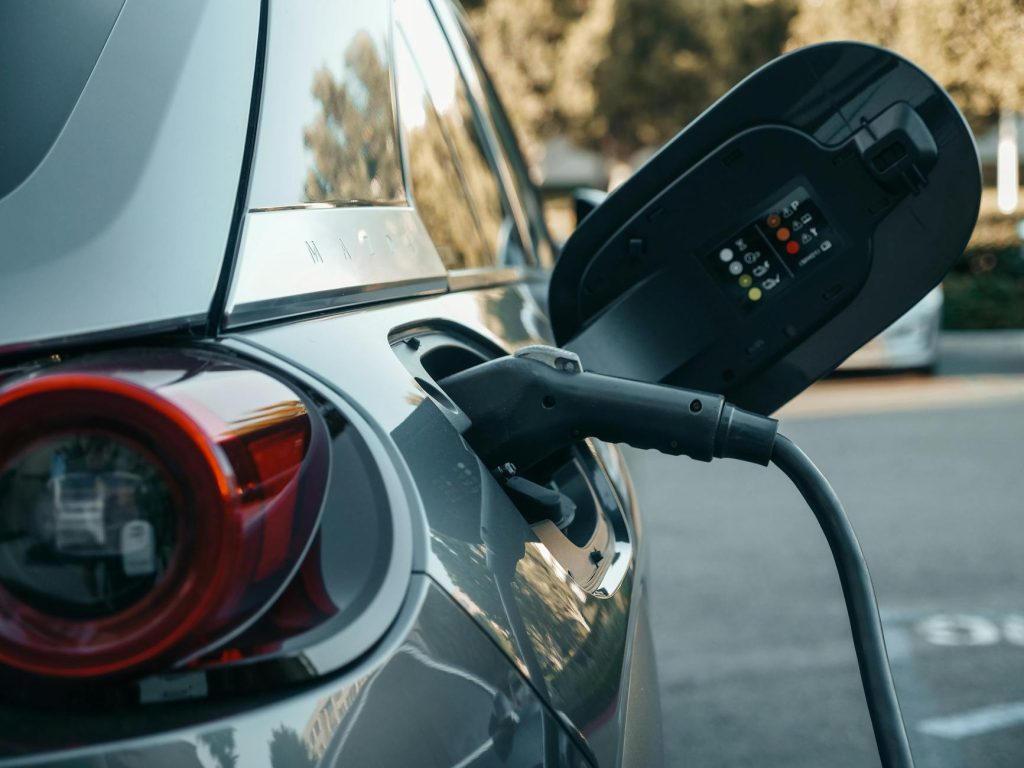The Impact of EV Charging Revolution in London: A Must-Have Solution for 2035
In recent years, the electric vehicle (EV) industry has undergone a significant transformation, with London leading the way in adopting sustainable transportation solutions. The EV charging revolution in London has gained momentum, with a growing number of drivers making the switch to electric vehicles. As the city aims to become carbon-neutral by 2035, investing in an efficient EV charging infrastructure has become a top priority. This article explores the impact of the EV charging revolution in London and why it is considered a must-have solution for a greener future.
The Rise of Electric Vehicles in London
London has seen a steady rise in the adoption of electric vehicles in recent years, driven by concerns over air pollution and climate change. The city’s ambitious targets to reduce carbon emissions have pushed both private individuals and businesses to embrace electric vehicles as a cleaner and more sustainable mode of transportation. With advancements in EV technology and the availability of a wide range of models, electric vehicles have become a viable alternative to traditional petrol and diesel cars.
The Importance of a Robust Charging Infrastructure
One of the key factors driving the EV revolution in London is the development of a robust charging infrastructure. Charging stations are essential for supporting the growing number of electric vehicles on the road and alleviating concerns about range anxiety. A well-connected network of charging points is crucial to ensure that EV drivers have easy access to charging facilities and can travel across the city with peace of mind.
Government Support and Incentives
To further encourage the adoption of electric vehicles, the UK government has implemented various incentives and support schemes. These include grants for installing home charging points, tax reductions for electric vehicle owners, and funding for the expansion of public charging infrastructure. In London, initiatives such as the Ultra Low Emission Zone (ULEZ) and congestion charge exemptions for electric vehicles have incentivized drivers to make the switch to cleaner transportation options.
Challenges and Opportunities
Despite the rapid growth of the EV charging infrastructure in London, there are still challenges to overcome. Issues such as the availability of charging points in residential areas, the speed of charging, and the compatibility of charging networks need to be addressed to ensure a seamless experience for electric vehicle owners. However, these challenges also present opportunities for innovation and investment in new technologies to enhance the efficiency and accessibility of EV charging solutions.
Looking Towards 2035
As London strives to become carbon-neutral by 2035, the importance of a robust and widespread EV charging infrastructure cannot be overstated. The transition to electric vehicles is not just a trend but a necessity to combat climate change and improve air quality in the city. With continued investment in charging infrastructure, technology advancements, and policy support, London is well-positioned to lead the way in sustainable transportation solutions.
Conclusion
The EV charging revolution in London is a key driver in the city’s journey towards a greener and more sustainable future. By investing in an efficient charging infrastructure, supporting policies, and incentives, London is paving the way for a cleaner transportation ecosystem. As we look ahead to 2035, the importance of electric vehicles and their associated charging solutions will only continue to grow, making them a must-have solution for a more sustainable urban environment.



